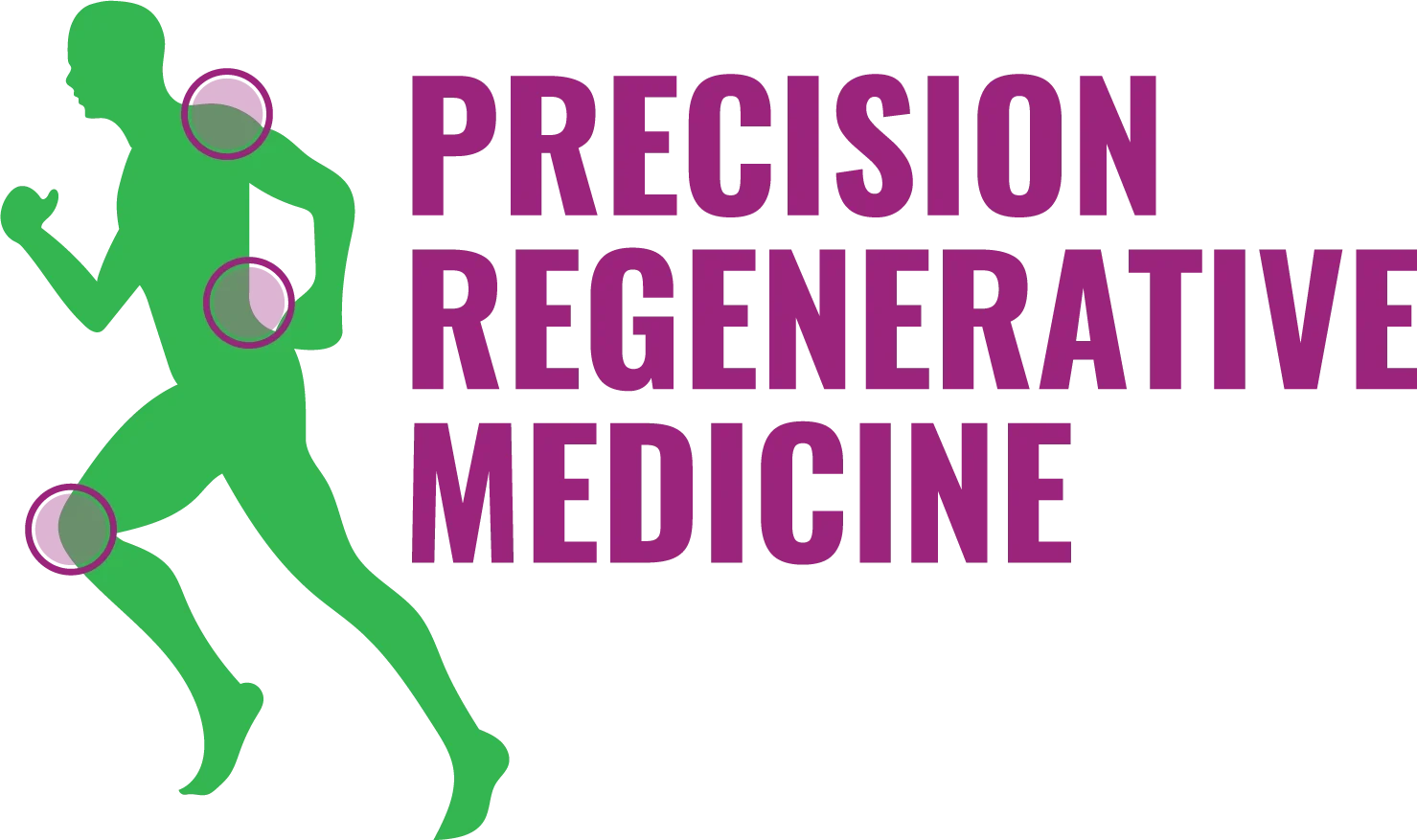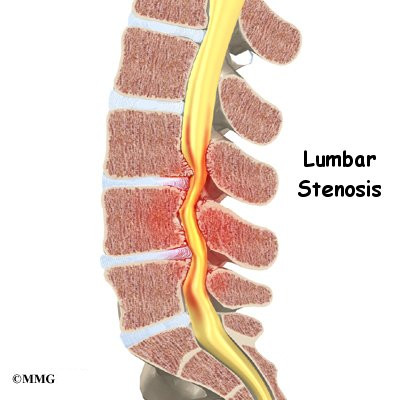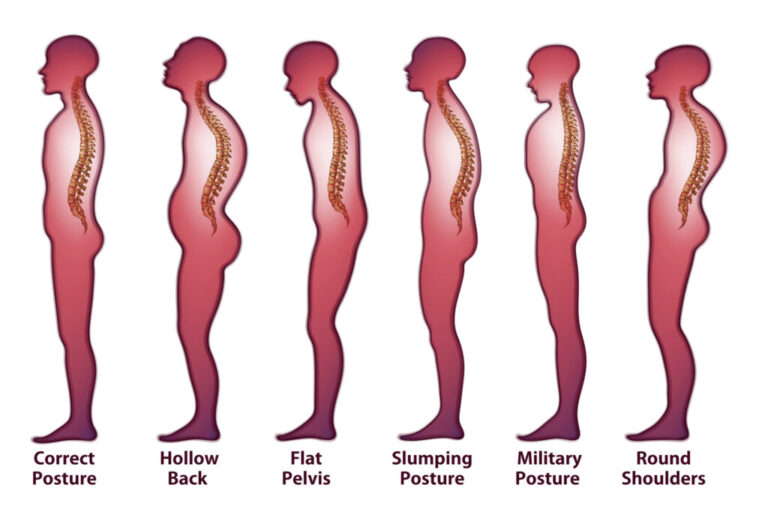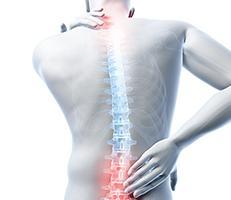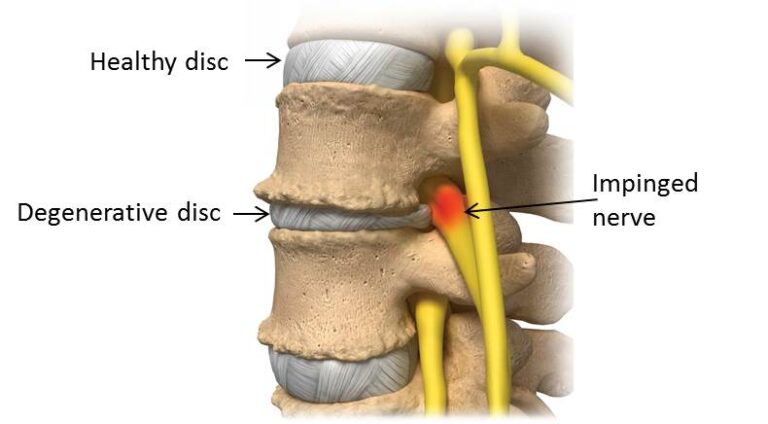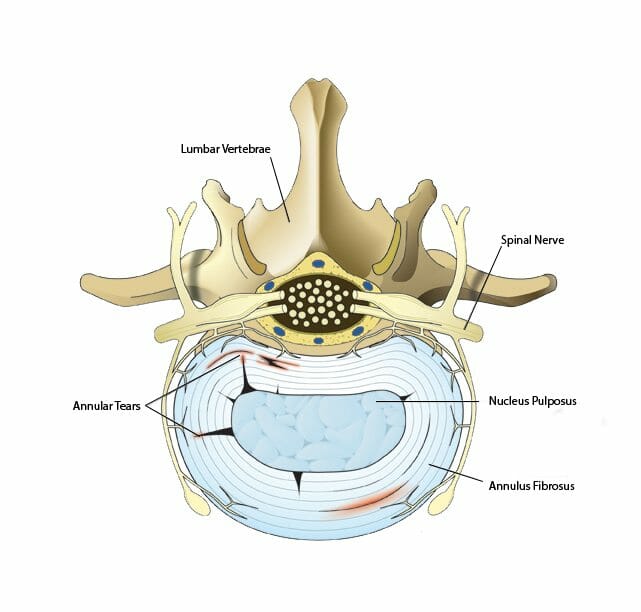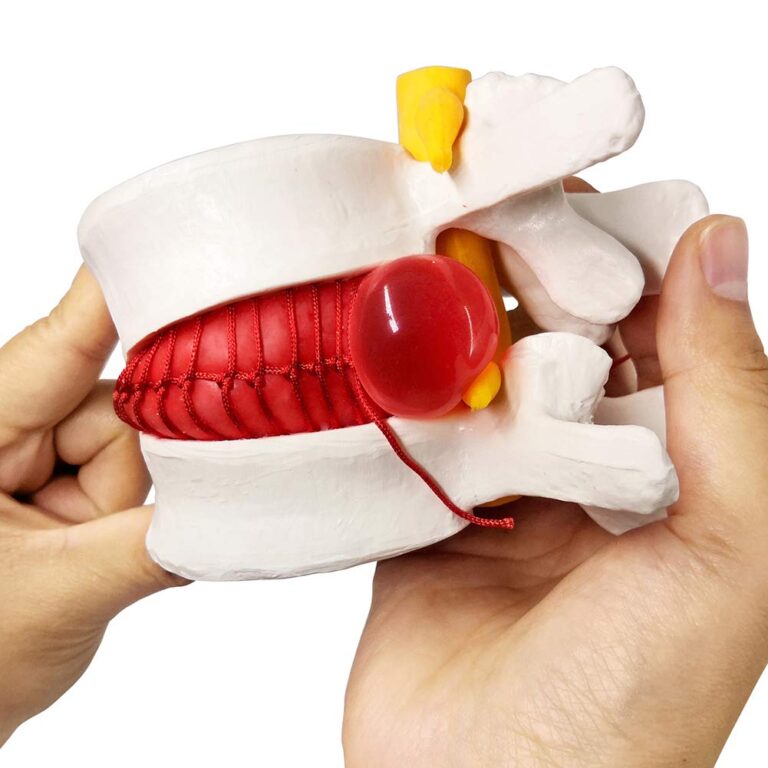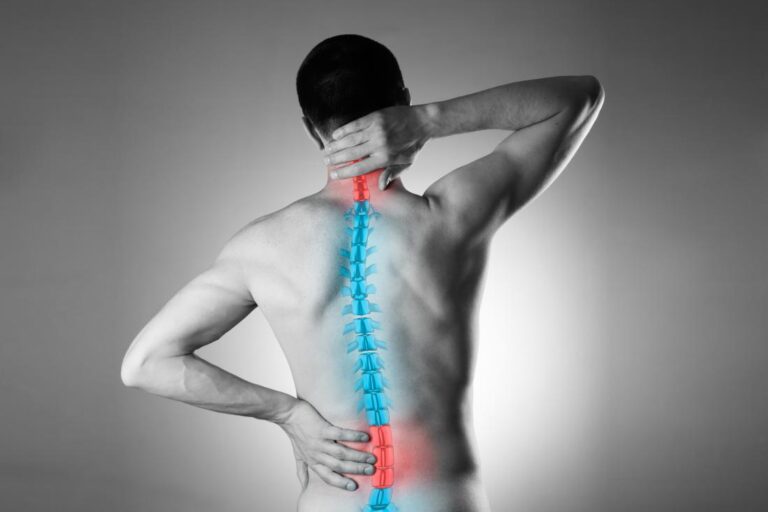PRP Therapy for Spinal Stenosis: What to Expect
Spinal stenosis is a common cause of persistent back pain in people over age 50. If you’re limited by back pain or experience tingling or numbness in your hips and legs due to spinal stenosis, it may be time to consider the benefits of regenerative therapy.
At Precision Regenerative Medicine, we offer several effective therapies to address spinal stenosis and other degenerative conditions contributing to chronic back pain.
Regenerative medicine specialist Tammy Penhollow, DO, creates customized treatment plans using platelet-rich plasma (PRP) to heal damaged structures in your spine so you can enjoy lasting pain relief.
Why you have spinal stenosis
Spinal stenosis is a degenerative condition that occurs when the spaces in your spine begin to narrow. The narrowing puts pressure on your nerve roots and spinal cord, which leads to pain, numbness, weakness, and tingling in your neck or lower back. Simply put, it’s arthritis of the vertebrae, discs, and small joints called facet joints.
Pain and other symptoms can also radiate into other areas of your body. If you have spinal stenosis in your lumbar spine (lower back), pain can travel down into your hips, legs, and feet. Cervical spinal stenosis can cause pain and other symptoms in your neck, shoulders, arms, and hands.
Aging is a primary cause of spinal stenosis. As you get older, the structures in your spine begin breaking down and increase your risk for spinal narrowing. You can also develop spinal stenosis at a younger age if you’re born with a narrow spinal canal or if you experience a spinal injury.
Initially, your spinal stenosis symptoms may be occasional and mild. As the narrowing in your spine progresses, your symptoms can become chronic and lead to the loss of your mobility and independence. Dr. Penhollow may recommend PRP therapy in the early stages of spinal stenosis to halt the progression of the arthritis.
The benefits of PRP therapy for spinal stenosis
PRP is a group of over 1100 proteins and other substances in your blood containing essential growth factors. These growth factors stimulate your body to produce new, healthy tissues to replace those damaged by injury or disease.
Injections of PRP into the narrowed area of your spine also reduce chronic inflammation that further irritates or inflames your spinal nerves. As inflammation subsides, pressure on the nerve roots that trigger pain is lessened.
Over time, PRP therapy can enhance blood circulation throughout your body to further support healing. With the growth of healthy new tissue, your spine continues to heal from the inside out to keep you pain-free and physically active.
What to expect during your initial PRP therapy appointment
PRP therapy is a minimally invasive outpatient procedure. Dr. Penhollow uses PRP from your own blood for your treatment. She draws a blood sample and super-concentrates it in a centrifuge to separate PRP from other blood materials.
The resulting high concentration of PRP is what Dr. Penhollow injects into narrowed areas of your spine. She relies on real-time X-ray imaging technology (fluoroscopy) to precisely guide the needle into targets of your spine to enhance the outcome of your treatment.
PRP therapy doesn’t provide immediate pain relief because it takes time for new cells to form. Many people who undergo PRP therapy for spinal stenosis begin to notice a reduction in pain and other symptoms within four to six weeks of their initial injections. Your results continue to improve in the months after your treatment as blood circulation increases and damaged tissues heal.
Call Precision Regenerative Medicine in Scottsdale, Arizona, to determine if PRP therapy is a treatment option for your spinal stenosis symptoms. You can also book an appointment online today.
